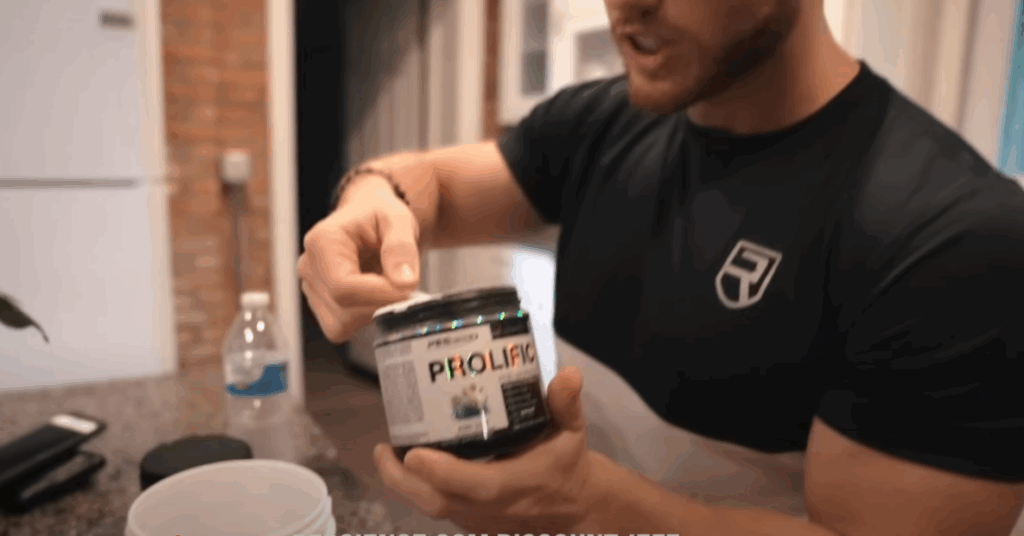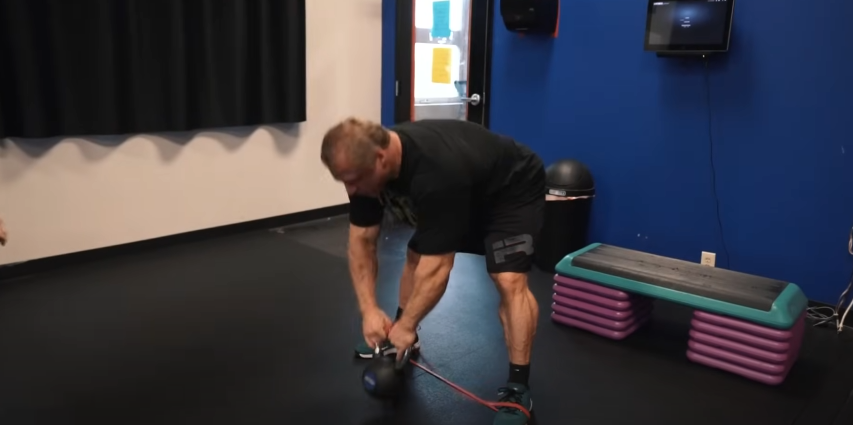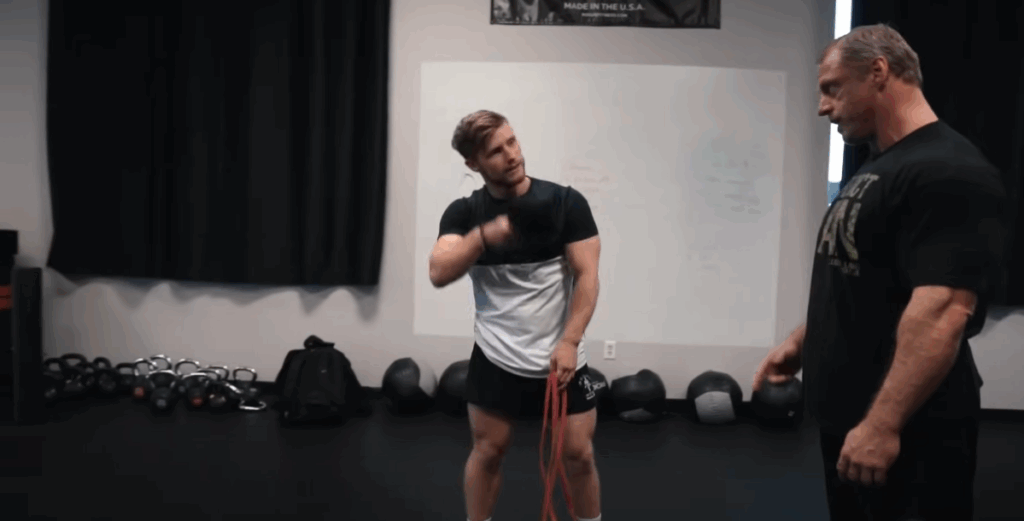If you’re looking to break through your plateau and push your performance to the next level, it’s time to step away from traditional hypertrophy training and dive into something far more dynamic—contrast training. In this workout breakdown, we explore a powerful athletic-style training session led by legendary coach John Meadows, designed to build explosive strength, speed, and coordination.
What Is Contrast Training?
Contrast training is a performance-enhancing method that pairs a strength-based exercise with a high-velocity movement. This combination is grounded in the principle of post-activation potentiation (PAP)—a temporary increase in muscle performance following a heavy resistance exercise. It’s an advanced training style often used by elite athletes to enhance force output and neuromuscular efficiency.
The goal here isn’t hypertrophy. Instead, it’s about generating force rapidly and transferring that power into real-world athletic movement. Think of it as training your nervous system as much as your muscles.

Setting the Stage: The Athlete’s Environment
Our session takes place in the heart of downtown Columbus, Ohio—a city rich in sports culture and home to plenty of fitness icons. The environment might be cozy, but the training is anything but. After a light breakfast of vegan protein and scrambled eggs, the athlete fuels up with a pre-workout blend (Kiwi Lime flavor for a refreshing kick) and heads into battle.
Warm-Up: Controlled Plyometrics and Neural Activation
Before diving into the intense supersets, it’s crucial to prep the central nervous system. The warm-up includes simple but effective drills to stimulate coordination and joint stability:
- Overhead medicine ball throws (from knees) – A unique way to engage the upper body and core while waking up the stabilizers.
- Drop landings from a low platform – These “depth drops” train the athlete to absorb force softly and prepare the joints for more impactful movements ahead.
The emphasis here is on gentle, reactive landings—no jumping back up, just absorbing and controlling force.
The Core Workout: French Contrast Training Protocol
This structured circuit features four exercises designed to cycle between strength and speed, teaching the body how to express power more effectively. Here’s a breakdown of the four-move contrast training sequence:
1. Spider Bar Squats (Strength Phase)
Using a specialty bar (typically 80-100 lbs), this squat variation provides a unique challenge to trunk and shoulder stability while allowing for greater focus on force production through the legs. The load is set to around 50-55% of the athlete’s 1RM, emphasizing speed over maximum weight.
- Reps: 4
- Tempo: Explosive concentric, controlled eccentric
- Rest: ~20 seconds before the next move
2. Vertical Jump with Tuck (Plyometric Phase)
Directly after squatting, the athlete performs a set of high vertical jumps, bringing the knees up in a tuck at the peak. This explosive movement benefits from the PAP effect generated by the squats and reinforces vertical power.
- Reps: 4
- Cue: Use the arms to drive power, counterbalance the body, and explode straight up.

3. Band-Resisted Jump Squats (Reactive Power Phase)
Next, resistance bands are looped over the shoulders, providing increasing resistance as the athlete jumps vertically. This forces the athlete to overcome downward resistance and develop more speed throughout the entire range of motion.
- Reps: 4
- Training Tip: Focus on a soft landing with an immediate reset; don’t let the band pull you into a hard impact.
4. Banded Kettlebell Swings (Ballistic Phase)
This final movement in the circuit adds an elastic load to the kettlebell, making the hip drive even more explosive. The key is rapid hip extension with strong glute and hamstring activation.
- Reps: 4
- Goal: Move the kettlebell with maximal intent—not just lifting, but launching.

Program Structure: Circuit Design and Rest
Each round includes the full four-exercise circuit (16 reps total). Athletes take about 20 seconds rest between exercises to maintain intensity and capitalize on the PAP window. After each complete round, there’s a longer rest of 4–5 minutes before repeating.
- Total Rounds: 4
- Work-to-Rest Ratio: High intensity, controlled recovery
- Duration: ~30-45 minutes
The accumulated fatigue across sets not only challenges the muscles but also tests neuromuscular coordination under stress—essential for sport performance.
Who Should Try This?
This type of training is not for beginners. It’s best suited for intermediate to advanced lifters or athletes who already have a foundation in strength training and plyometrics. Ideal candidates include:
- Football players
- Basketball and volleyball athletes
- Track and field sprinters and jumpers
- Combat sport athletes (e.g., MMA, boxing, Taekwondo)
Integration With Other Training Styles
If you’re primarily training for muscle size or general fitness, contrast training can still be incorporated—but with caution. Since it stresses the central nervous system differently, you’ll need to schedule it carefully:
- Suggested Weekly Split:
- Monday: Lower Body Contrast
- Tuesday: Upper Body Hypertrophy
- Friday: Lower Body Contrast
- Saturday: Upper Body Contrast (Optional)
Make sure to allow full recovery between days targeting similar muscle groups or movement patterns.

Key Takeaways and Final Thoughts
Contrast training isn’t just about working hard—it’s about working smart. By alternating heavy strength exercises with explosive plyometrics, you teach your body how to move more powerfully and efficiently. Whether you’re an athlete looking to improve your vertical jump or a seasoned gym-goer aiming to break through a performance plateau, this method offers an exciting challenge.
Here are the major benefits of this session:
- Enhanced rate of force development
- Improved neuromuscular coordination
- Increased athletic performance
- Elevated central nervous system adaptation
It’s not your typical gym workout—and that’s the point. Training like an athlete means thinking beyond muscle size and considering how your body moves, reacts, and performs under pressure.
So, if you’re up for a challenge, give this method a try. You’ll likely discover new levels of explosive strength and body control—and maybe even surprise yourself with how much more power you can unlock.



